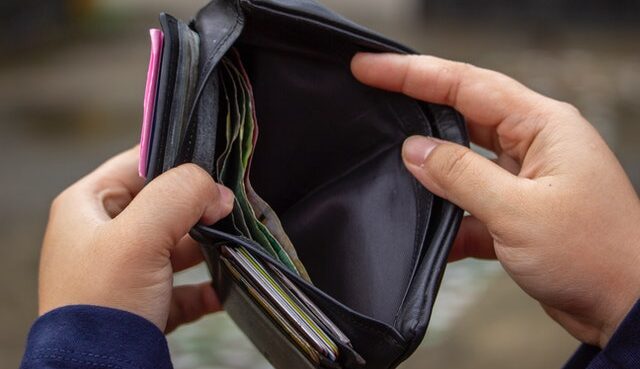A cashless society is an emerging concept. A cashless society may be in our future with one-third of Americans using cash and 53% carrying cash at all times. However, many Americans are underbanked or unbanked. According to the Federal Reserve, 6% of Americans have no bank accounts and 16% use alternative methods to access banking services. Hence, a cashless society may not be the worst thing in the world.
There are various reasons why a cashless society is coming and is being developed in some countries. In this article, I will examine the global payment trends and benefits of a cashless economy and provide case studies of Sweden and India. This trend is driven by increasing digital penetration, “contactless” pay technology, and policy initiatives. Read on to learn how you can prepare to live in a cashless society! Consider these tips and make sure to make the transition.
First, it is essential to note that cash usage has declined in America. According to a Gallup study, the number of Americans using cash dropped from 36% in 2011 to 24% in 2016. This drop was particularly significant in younger people. Younger Americans have dropped their use of cash by 18% in five years. It’s time to embrace a cashless society. There are many benefits to this transition, including increased efficiency and convenience. The future will be a cashless society!
In order to become a cashless society, we must stop using banknotes. Instead, we will use electronic transaction devices such as credit card, debit card, mobile wallet, point of sale, or internet banking. This transition will help reduce corruption, black money, and tax evasion. It will also provide an easy way to keep track of transactions. All transactions are recorded electronically, reducing the risk of theft and avoiding taxes. This means more savings for consumers and less money for governments.
